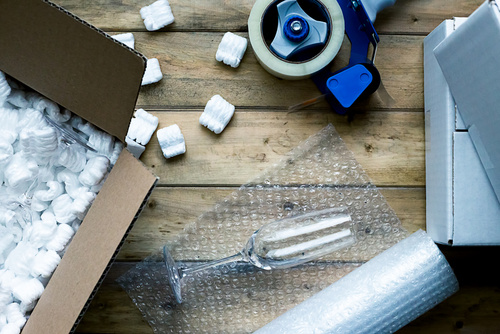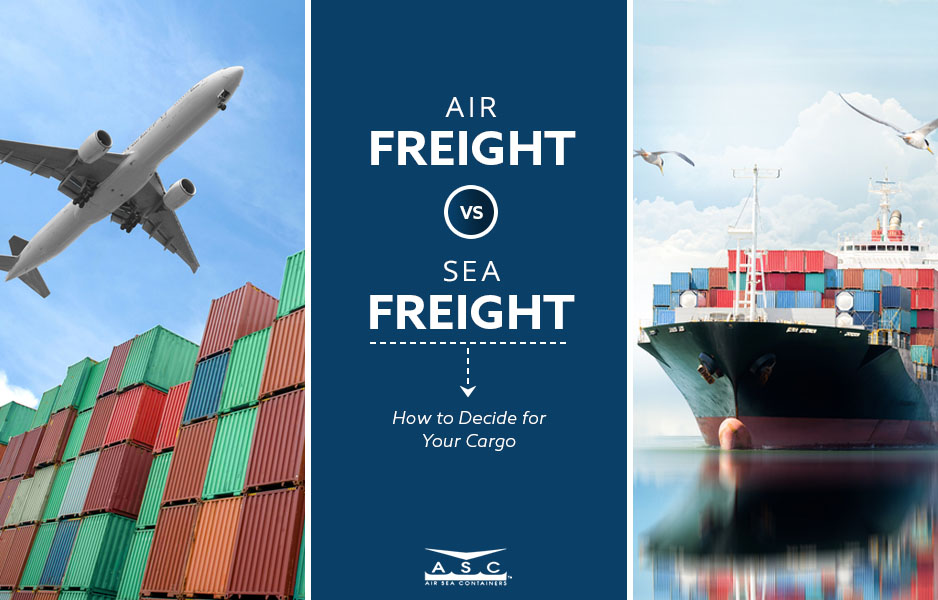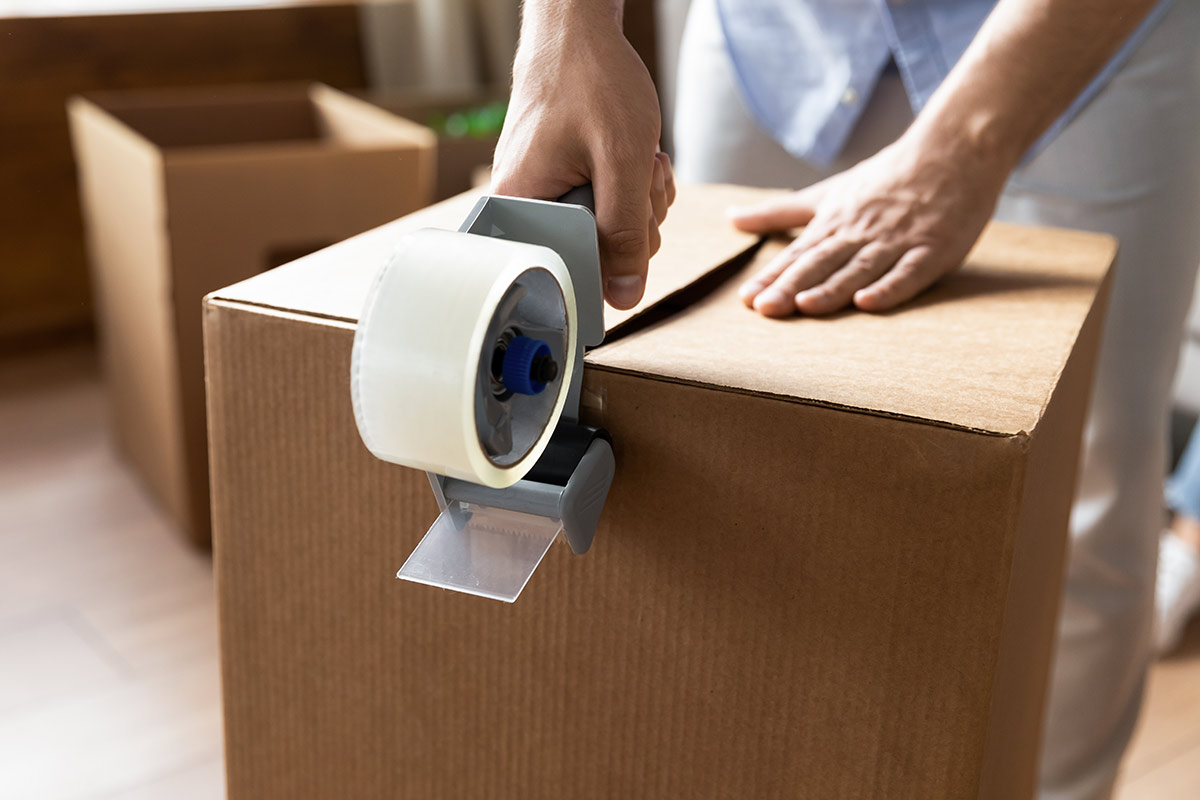From the time you place an order to the moment your purchase arrives at your home or place of business, your merchandise goes through a complex chain of procedures. It takes several steps to get a product from a warehouse shelf to your mailbox. From storage, customer service and packaging to shipping and tracking, warehouse logistics is a complex process that ensures deliveries arrive safely and in a timely fashion.
Whether you are a consumer who is interested in better understanding the process that allows companies of all types to deliver directly to your door or you are a business owner who needs to develop a better plan for processing and shipping orders, check out this guide to warehouse logistics to further your knowledge and deepen your understanding of this complex subject.
What Is Logistics?
Before we go any further, let’s talk a bit more about what logistics is. Simply put, logistics refers to the management of how resources are obtained, stored, packaged and shipped to their final destinations. Movement and placement planning, execution and control must all take place using a system that has been designed to achieve specific outcomes. Though there are many similarities, the exact processes and desired outcomes may vary from one industry to another.
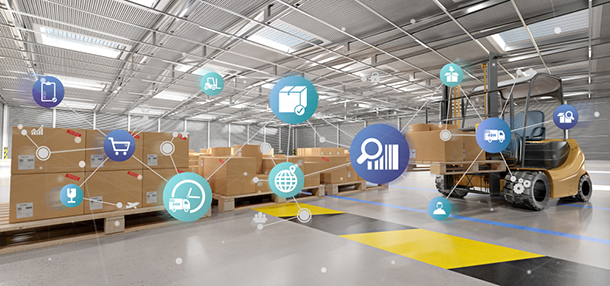
Small businesses often handle most of the process on their own. Larger companies, however, typically need to work with numerous parties in order to keep up with demand. Major corporations like Amazon, for example, have numerous partnerships to ensure that Prime members receive their orders in just two days — or even less. It takes a lot of manpower to package products, send out Amazon tracking numbers and deliver goods in under 48 hours, but Amazon’s partners in the logistics industry make it happen.
The logistics process isn’t nearly as complex for small businesses. It’s still important, however, to have a solid plan in place that allows you to quickly fulfill orders and meet customer expectations.
What Happens When an Order Is Received
The clock starts ticking as soon as an order is placed. Thanks to e-commerce giants like Amazon and our desire for instant gratification, consumers aren’t willing to wait weeks for their products to arrive. Whether you sell products to retail consumers or supplies to other businesses, you need to have processes in place to get your goods to the end consumer as quickly as possible.
In the next couple sections, we are going to discuss how the order fulfillment process works for businesses using a self-fulfillment model. Typically, in businesses using this model, your manufacturing process, inventory storage and warehousing operations are all housed within the same facility. When an order is placed and paid for, a worker picks, packs and ships the order to the customer. A little later, we’ll talk about the third-party fulfillment method.
When an order comes in, you or an employee gets to work preparing it for shipment. While packaging was once as simple as throwing a product in a box and taping it shut, modern consumers have come to expect more. When picking and packaging your products, you have an opportunity to strengthen your brand and improve your customer’s experience.
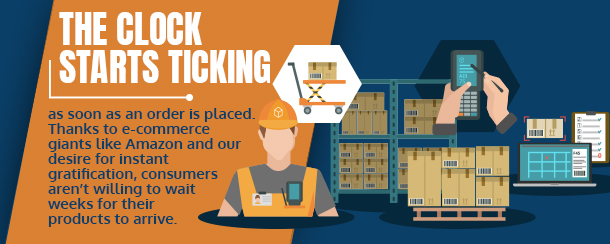
There are countless types of packaging to choose from. From custom corrugated cardboard boxes to poly mailers and more, there are several products that can be used to get your merchandise from point A to point B. When choosing shipping containers, go for options that are thin and lightweight to save on shipping costs. If you are shipping products containing hazardous materials, such as lithium-ion batteries, be sure to use packaging that is designed for your specific application. You’ll also need cushioning and void fillers, such as packing peanuts and air pillows, to keep merchandise safe while it is in route to its final destination.
Preparing Items for Shipment
No matter what types of packaging and shipping materials you use, coming up with an efficient and effective system for getting products ready to send out is essential. Whether you choose to use custom boxes or add a touch of personalization in other ways, your warehouse needs a dedicated area for packaging. All your shipping materials should be kept close at hand so that your employees can quickly package items and prepare them for shipment.
When it comes to warehouse efficiency, the lack of a good system for preparing orders for shipment is a common problem that slows down a lot of businesses. If, for example, you store boxes at one end of your warehouse and packing peanuts or another void filler at the opposite end, you or your employees will waste a lot of time wandering around acquiring everything that’s necessary to get an item ready to send out. You can drastically improve efficiency by simply storing all your packaging and shipping materials in one area. Remember to keep small things like packing tape close at hand, too.

Once an order is boxed up, it needs to be labeled. For most businesses, this means printing a label and affixing it to the box, poly mailer or other container. Writing labels by hand may provide a personal touch, but it generally takes way too much time to be efficient for businesses. This method also leaves a lot more room for error, so it’s best to have a system for printing labels.
In the past, consumers placed orders and then waited for them to arrive in their mailbox or on their doorstep with little idea of when they would actually get their products. Today, however, just about everyone tracks their shipments to determine when they will arrive. Most carriers, like the United States Postal Service, automatically assign tracking numbers to all packages. To keep your customers happy and ensure they are informed of when their orders are shipped and when they should expect them to arrive, it’s vital to ensure that tracking information is included with every outgoing shipment.
Keep in mind that if you are shipping items that are fragile, perishable or hazardous, you may also be required by law to affix appropriate labels to let the shipping company know that your packages need to be handled with care. Additional labeling is also required when shipping items to other countries.
Once an order has been picked, packaged and properly labeled, it can be delivered to or picked up by a carrier. From there, it travels across the country or around the world to be delivered to the customer’s doorstep.
Benefits of the Self-Fulfillment Method
If you want to remain in control of every step of fulfilling an order, self-fulfillment is the way to go. For many startups and small businesses, this method is the most affordable and provides the easiest way to get started. What it saves you financially, however, it costs you in time. Picking, packing and shipping items yourself means avoiding the cost of working with a third party, but it could cost you in the form of lost profits simply because so much of your time is being devoted to order fulfillment.
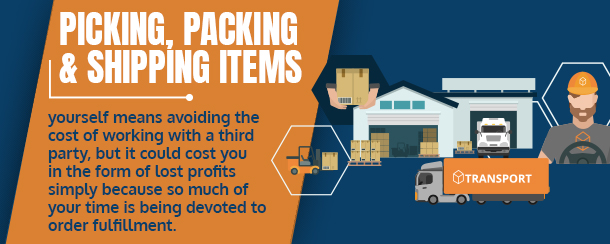
Companies that do choose the self-fulfillment option, however, have a great deal of control over exactly how items are stored, picked and packaged. This makes it possible to ensure that each package is prepared in a certain way, and it enables businesses to add personal touches that may not be possible to achieve when using a third-party logistics company. If your business is concerned with controlling the experience your customers have when receiving your products, self-fulfillment may be your best option.
Third-Party Fulfillment
If one thing is clear from the process outlined here, fulfilling orders can be a complex and time-consuming process. For many larger companies, the do-it-yourself approach to picking, packing and shipping orders isn’t feasible simply due to the large number of orders they need to process. And many other business owners feel like the time they spend preparing orders is time that could better spend on other matters.
That’s where third-party fulfillment comes in.
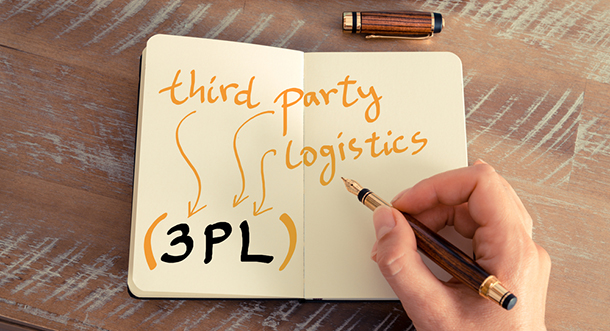
Working with a third-party logistics company — or 3PL — basically means outsourcing all your warehousing, packaging and shipping processes to another company. Typically, you either purchase or manufacture your merchandise then ship it to your 3PL warehouse. Your inventory is synced with your online store and stored at the warehouse. When an order is placed and paid for, the third-party logistics company picks, packages and ships the order to your customer.
There are a few ways to communicate with your 3PL when an order is placed. With most e-commerce platforms, this process is automated. There are also situations in which you may opt to contact the 3PL manually, but an automated process is usually best to save time and ensure that the process goes as smoothly as possible. When using this model, your profit is the remaining difference between the retail price, the amount it costs you to purchase or manufacture the product and the fees you pay to your 3PL.
Benefits of 3PL
Companies of all sizes and types work with third parties for their warehousing and order fulfillment needs. Since most 3PLs integrate directly with popular e-commerce platforms, they are easy to work with and extremely efficient. If you have limited inventory space or you want to focus your efforts on parts of your business other than order fulfillment, working with a third-party logistics company may be your best option.
Using a 3PL to outsource your storage, picking, packaging and shipping needs means freeing up more time to focus on things like acquiring new customers, marketing, nurturing your existing customer relationships and much more. Working with a third party can also save money on shipping costs. While your business may only ship a few hundred packages each month, your 3PL probably sends out hundreds of thousands. This enables them to build stronger relationships and negotiate better shipping rates with carriers than you would be able to on your own.
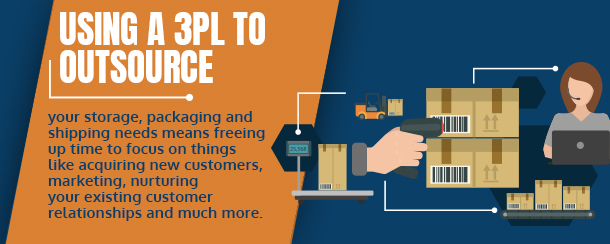
The downside, of course, is that you have much less control over the process. Because the 3PL is ultimately responsible for the final handoff of a product to your customer, it can make or break your customer’s experience and satisfaction. It’s important to do your due diligence to ensure the company you choose is one that you can rely on to meet your and your customers’ expectations at all times.
Conclusion
Getting a product from point A to point B is a complex process involving many steps. From manufacturing or purchasing your merchandise to storing it and picking, packing and shipping once an order has been received, each step must be performed correctly to ensure efficiency and a positive customer experience.
Today’s consumers expect to receive their orders quickly, and they want to be updated every step of the way. While self-fulfillment allows you to take control of the entire process from start to finish, it is a very time-consuming endeavor. By working with a third-party logistics company, you can save yourself and your employees a lot of time while ensuring the most streamlined process possible. Because using a 3PL means give up a degree of control, however, it’s extremely important to choose one that you can you trust to deliver consistent, high-quality results that meet the needs of your company and your customers.
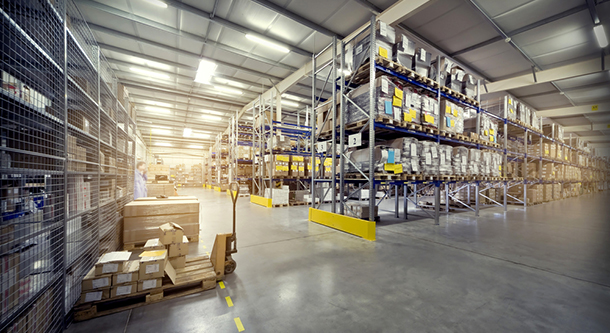
Warehouse logistics is complex, and ultimately, it is up to you to determine the process that is best suited to your goals and your business needs. This guide, however, should give you a clearer picture of how the process works to help you choose the option that is right for you.



